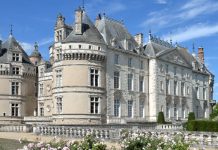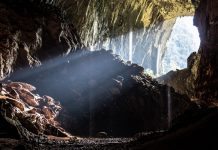Fernando de Noronha is an archipelago of volcanic origin in Brazil. It is found about 350 kilometers from the north-eastern coast of the country and consists of 21 islands. There also are some more rocks and small islets.



Rocks form natural aquariums, so the underwater life here is diverse. Since the reefs of the South Atlantic are isolated from the Caribbean by the outflow of the Orinoco and Amazon rivers, they are very different from other types of reefs.



All islands of the archipelago are uninhabited. People live only on the largest one, which is called Fernando de Noronha as well. It is about 18 square kilometers of area.



Due to the currents coming from Africa, the water here is clean and transparent. The bottom is visible even at a depth of 50 meters! Besides, it is warm all year round.

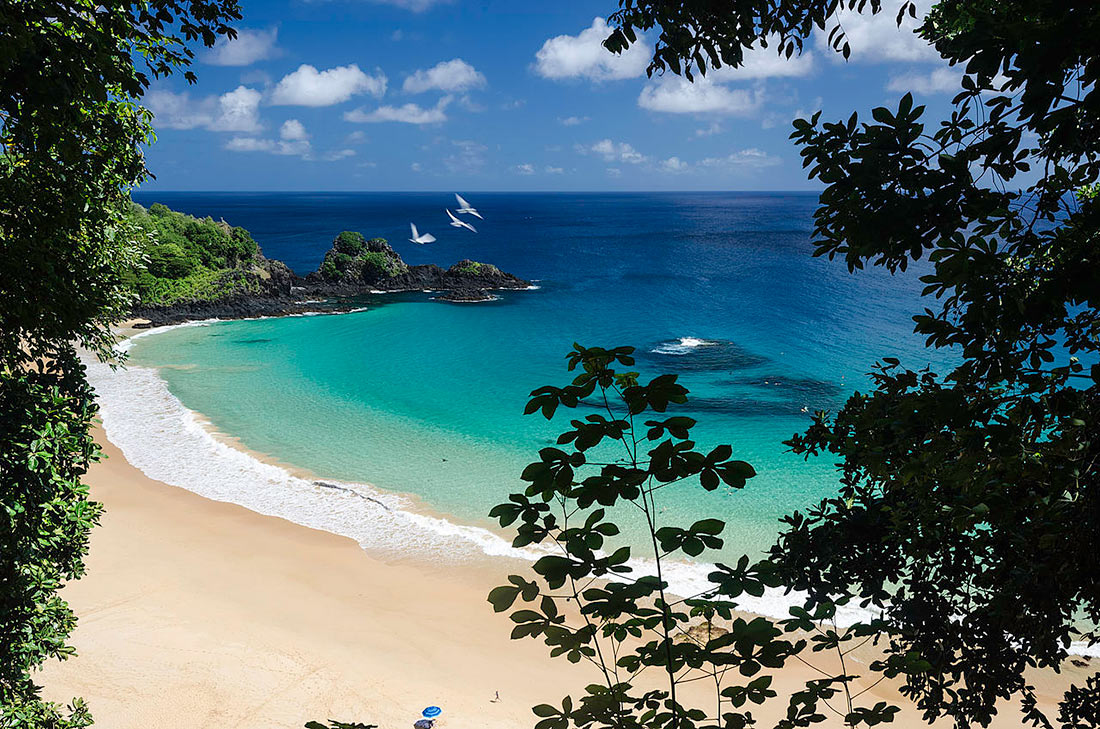

The underwater world of the archipelago is extremely rich. Here you can see large sharks, moray eels, goliaths, sea turtles and dolphins and many other marine inhabitants.
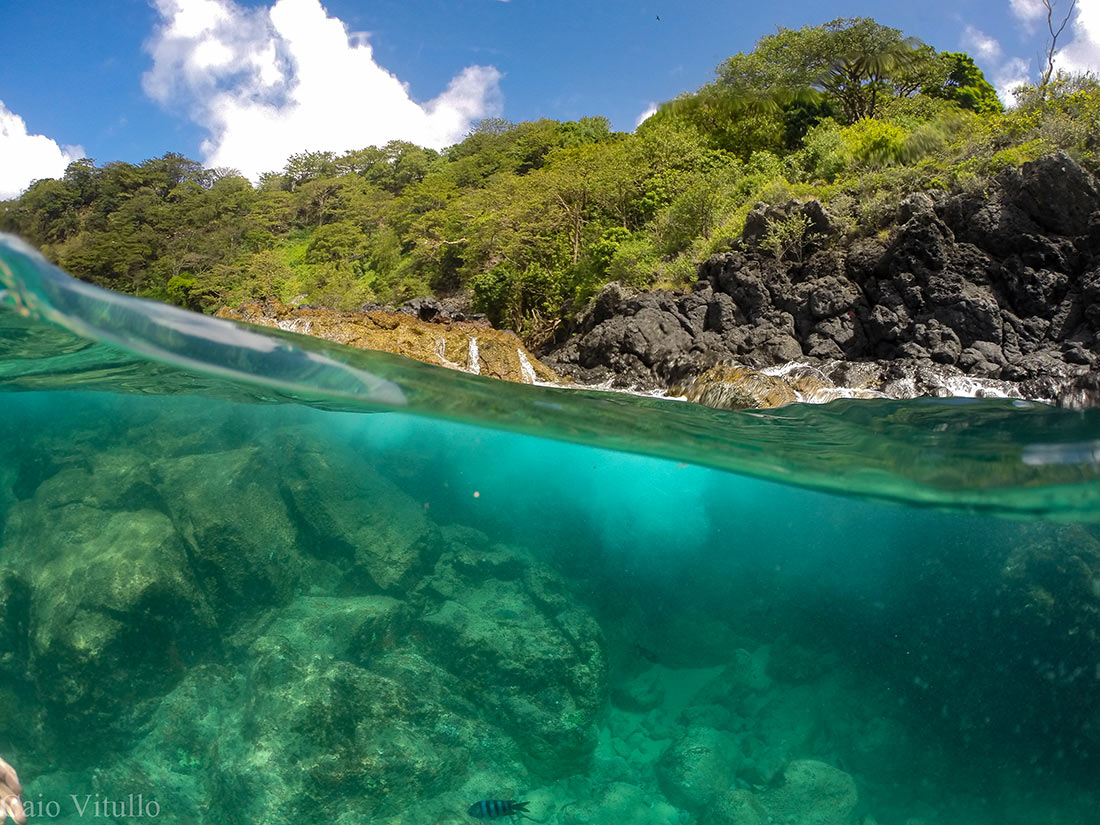


One of the largest in the South Atlantic seabird colony also lives here.
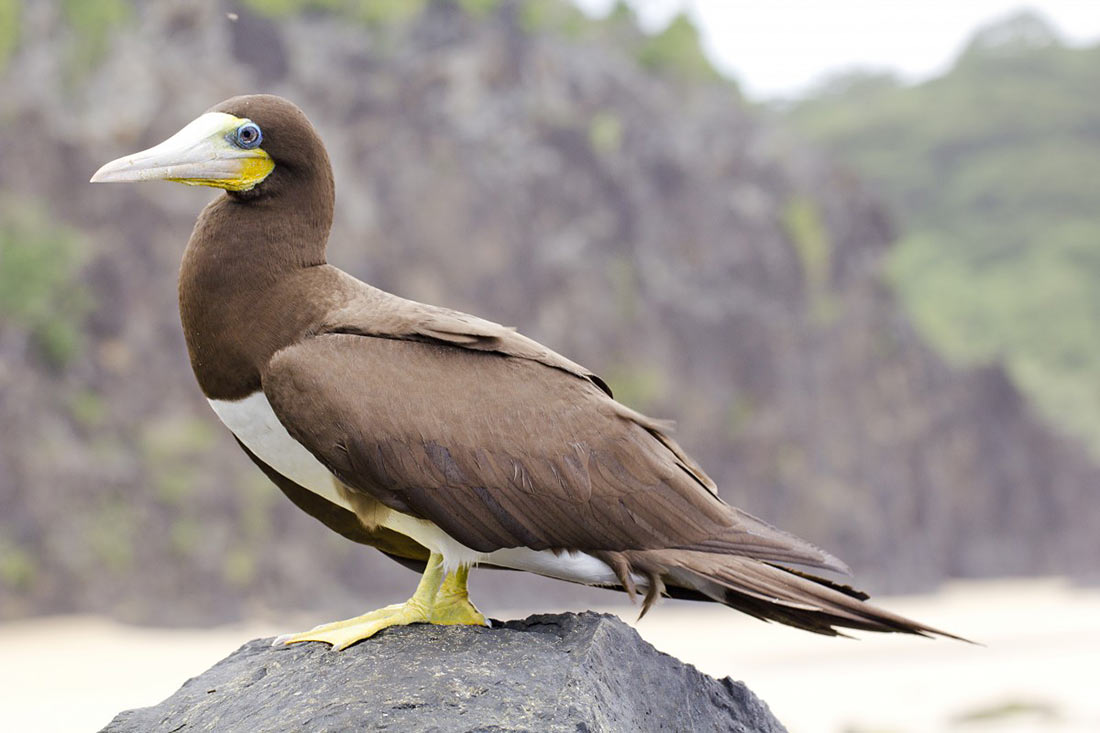
The archipelago was discovered at the very beginning of the 16th century by the Portuguese expedition, in which Amerigo Vespucci took part. And they named it in honor of one of the sponsors of the expedition — the rich Jew Fernando de Noronha, who lavishly financed scientists, seafarers and explorers.



Many countries claimed to own the archipelago. In the XVII century it was temporarily owned by the Dutch, in the next century by French, until in 1737 Portugal did not establish here its dominance. Portugals built an extensive defense system consisting of 10 forts. The best preserved of them now is Nossa Senhora dos Remedios de Fernando de Noronha.



During the Second World War here was a base of the US Army. In 1942 Americans built a prison, for political jailed. In the same year the airport was opened.

It should be noted that until the XIX century the islands were covered with dense forests, but after the construction of the prison they were uncontrollably cut down. As a result, now most of the territory of the islands is covered with grass and shrubs.
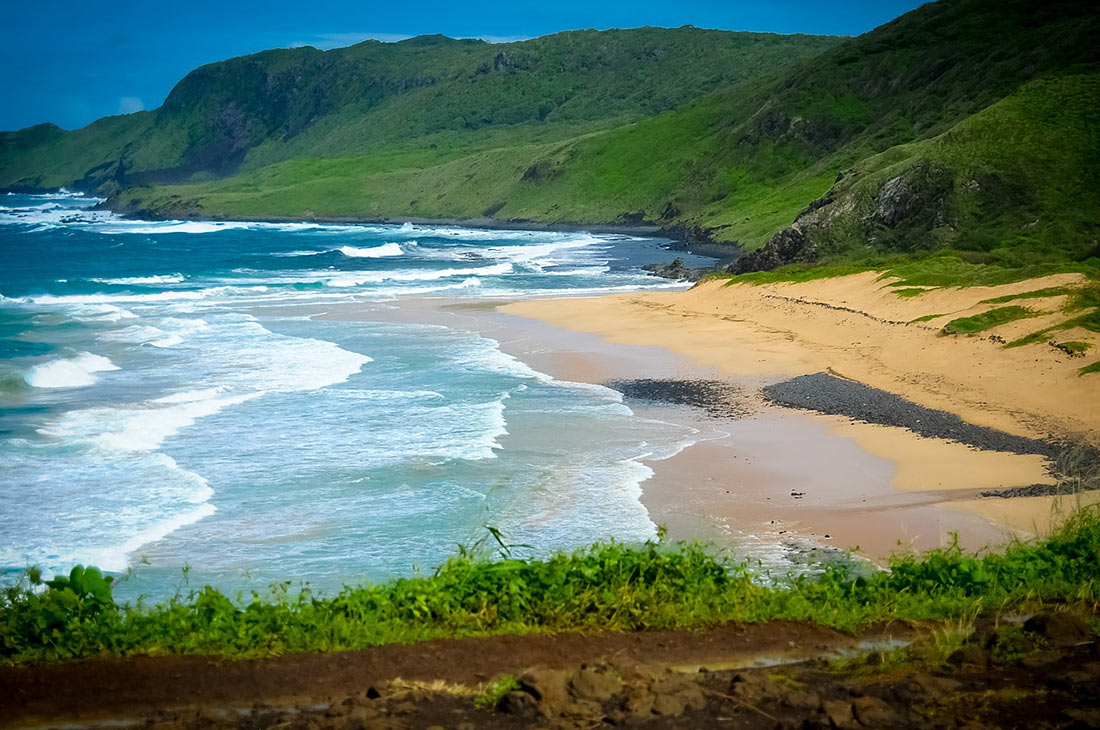



Fernando de Noronha is a popular place for tourists from all over the world. It’s a perfect place for surfers and fans of diving. But the ecosystem of the archipelago is very fragile, and the supply of fresh water is limited, so the number of tourists is strictly regulated. Only 450 people can relax here at the same time. Moreover, they should pay a special tax on environmental protection, which depends on the term of accommodation.



A large part of the archipelago is the Marine National Park. In 2001 UNESCO designated as a World Heritage Site.



